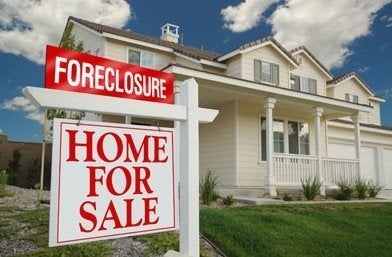
During the presidential campaign, the housing debate sometimes had more to do with how many homes a candidate owned than about solutions to the nation's housing crisis. At other times, specious claims were made that the current foreclosure crisis was caused by Fannie Mae, or by policies started in the 1990s to get banks to expand homeownership lending to low- and moderate-income families.
We heard very little, unfortunately, about what has succeeded at enabling hardworking families with average or below-average incomes to afford a home or rent a decent apartment.
Nearly 95 million Americans, owners and renters, live in households paying more than 30 percent of income for shelter. More than 43 million Americans are paying more than half of family income.
But across the country, families earning below the national median income have bought and held onto homes -- when the homebuying process puts the borrower's best interests first.
The Massachusetts Affordable Housing Alliance, for example, has assisted more than 11,000 families of modest means in buying their first home. The alliance reports a delinquency rate roughly half that of conventional mortgage borrowers. Self Help, North Carolina has aided tens of thousands of similar families with comparable low default results.
Community land trusts in more than 100 working-class neighborhoods all over the country report a less than 1 percent foreclosure rate on low- and moderate-income mortgages. And the national intermediary organization Neighborhood Housing Services, which packages loans to borrowers whose income averages only two-thirds of the national median, reports delinquency rates only a fraction of the reported subprime default rate.
Successful programs approach homebuying with some common elements. Pre-purchase homeownership education is one key part. Prospective purchasers are taught carefully about the challenges and burdens of ownership, and the need to plan for financial setbacks.
Fixed-rate loans are also the norm, rather than the roller coaster variable rate products that are common among the current millions of defaulting borrowers. Many programs require some down payment and a savings program providing a cushion in case of emergency. And incomes and employment are carefully verified by counselors.
Undoubtedly, there are lessons to be learned about what is a "safe" loan for a family of modest income and assets. But blaming efforts to include lower- and moderate-income families in the American dream of homeownership comes dangerously close to writing off a whole swath of hardworking potential owners as "too risky" the next time around. That would be a tragedy both for those directly involved and for the continuing resurgence of our inner-city communities.
David M. Abromowitz, a Senior Fellow at the Center for American Progress, www.americanprogress.com, has 25 years experience as a practicing attorney working with affordable-housing groups around the country. This op-ed appeared in the November 17, 2008, opinion pages of the Baltimore Sun.
